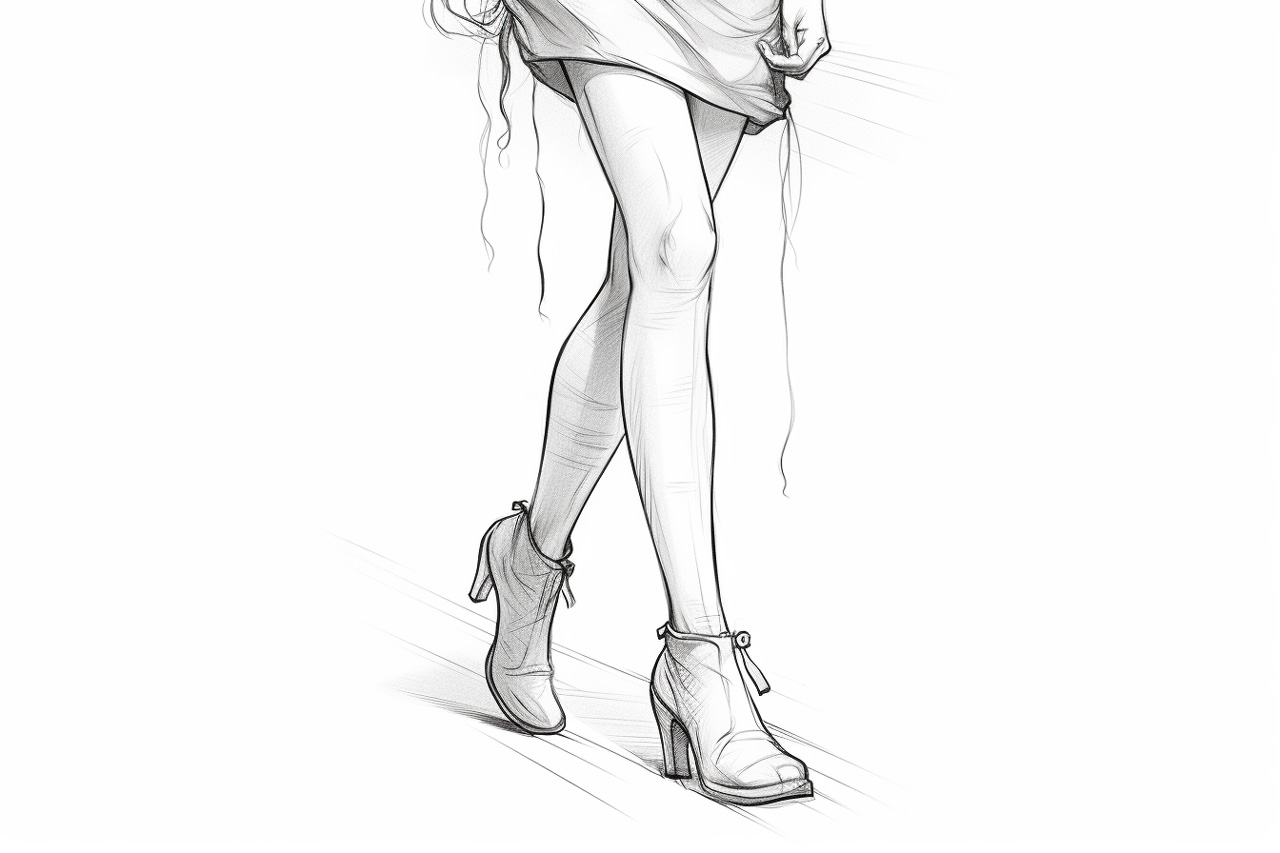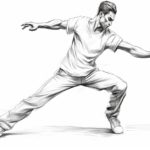Welcome to this step-by-step guide on how to draw a leg! Whether you’re a beginner or an experienced artist looking to improve your skills, this tutorial will provide clear and concise instructions on drawing a realistic leg. By following these steps and practicing regularly, you’ll soon be able to capture the beauty and form of a leg with confidence.
Materials Required
Before we dive into the step-by-step instructions, let’s gather the materials you’ll need for this drawing tutorial:
- Paper: Select a smooth, heavyweight paper suitable for drawing. It should be large enough to accommodate the size and details of your leg drawing.
- Pencils: Have a range of graphite pencils with different hardness levels, such as 2H, HB, 2B, and 4B. These will help you achieve different shades and textures.
- Eraser: Make sure to have a soft eraser to correct any mistakes and lighten areas that need adjustment.
- Blending Tools: Consider having blending stumps, tortillons, or tissue paper to smudge and blend graphite for smoother shading.
Now that you have your materials ready, let’s begin the step-by-step process of drawing a leg.
Step 1: Basic Structure
Start by lightly sketching the basic structure of the leg. Imagine a straight line for the center of the leg and lightly indicate its length on your paper. Then, add a horizontal line near the top to represent the hip joint and another near the bottom for the ankle.
Step 2: Outline the Shape
Next, outline the shape of the leg by adding curves and angles. Pay close attention to the bone structure and muscles. Begin from the hip joint, following the line you drew earlier, and gradually define the thigh, knee, calf, and ankle. Remember to keep your lines light and loose at this stage.
Step 3: Add Details
Now it’s time to add more details to your leg drawing. Start by sketching the placement of the knee cap, paying attention to its size and positioning in relation to the rest of the leg. Then, add curves and contours to depict the muscles in the thigh and calf regions. Observe references or your own leg for guidance on muscle placement.
Step 4: Shading and Shadows
To give your leg drawing depth and dimension, it’s important to add shading and shadows. Begin by identifying the light source and determining where the light falls on the leg. Use light, even strokes with your pencil to gradually build up the values, paying attention to the darkest areas, mid-tones, and highlights.
Step 5: Refine and Adjust
Take a step back and assess your leg drawing. This is the stage where you can make any necessary adjustments and refine the details. Use your eraser to lighten areas or correct any mistakes. Pay attention to the overall proportion and shape of the leg, making sure it looks balanced and anatomically correct.
Step 6: Texture and Fine Details
To add a realistic touch to your leg drawing, focus on texture and fine details. Study the skin and observe any wrinkles, creases, or veins that are visible. Use light, controlled strokes to replicate these details, taking care not to overdo it. Remember, subtlety is key when it comes to capturing the realistic texture of skin.
Conclusion
Congratulations! You’ve successfully learned how to draw a leg. With practice and patience, you’ll continue to refine your skills and capture the grace and strength of the human form. Remember to start with a basic structure, outline the shape, add details, and then focus on shading and texture. With time, you’ll be amazed at how your drawings progress. Keep up the great work!









